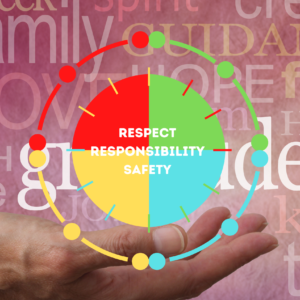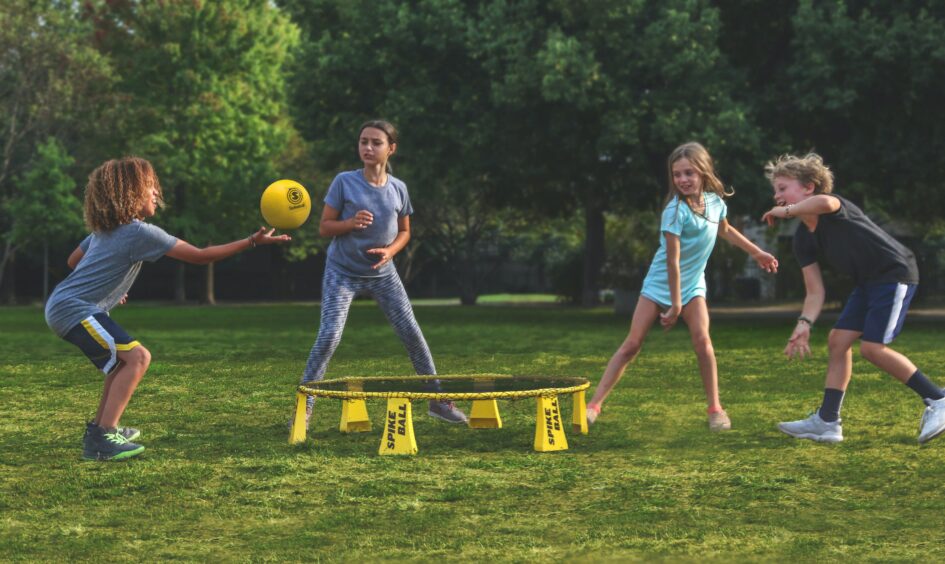A large part of classroom management is developing and following a process and procedures. I believe that processes and procedures must be established and communicated to students clearly and respectfully in order to increase the probability that they are effective. In my last post, I discussed classroom expectations and I highlighted the components of respect, responsibility, and safety. The procedures I have in place in the classroom will use these principles to guide them. I have attached a YouTube video of a teacher’s clean-up procedure:
I chose this video because it is a great example of visual aids to communicate expectations. In addition to her procedure, I would add symbols that display which components of our classroom expectations each job is fulfilling (Respect, Responsibility, Safety). Additionally, I would tell a story about how we followed a similar process in my previous jobs as a Fisherman and Welder to provide students with real-world examples of how procedures are used.
I discussed how I would involve students in establishing classroom expectations: I feel that students can co-create some procedures for the classroom as well. I know that you are probably finding my voice on videos repetitive by now, so I have added another YouTube video that explains how students can establish procedures and how effective they can be.
An example of a successful procedure that I used in a classroom was last year in my practicum class when we would line up to leave the classroom and travel to a different location inside the school. In this procedure, I would ask a specific group to go line up, “Grade four front row,” for example, and name the groups until everyone lined up. This was effective because we communicated clearly, which caused the students to pay close attention and follow the guidelines. I would have the two most talkative students be our “Engine” and “Caboose” as a management procedure. 😉
My example and the procedures present in the two videos I chose would not work if the messages and expectations of Respect, Safety, and Responsibility (post 2) were not in place. They wouldn’t be effective because our procedures all follow those guiding principles.

Furthermore, the adherence to our expectations happens due to the procedures I discussed in my first and second posts. I hope that the holistic nature and interconnections that I see and incorporate into my philosophy become apparent through these blog entries.

Leave a Reply